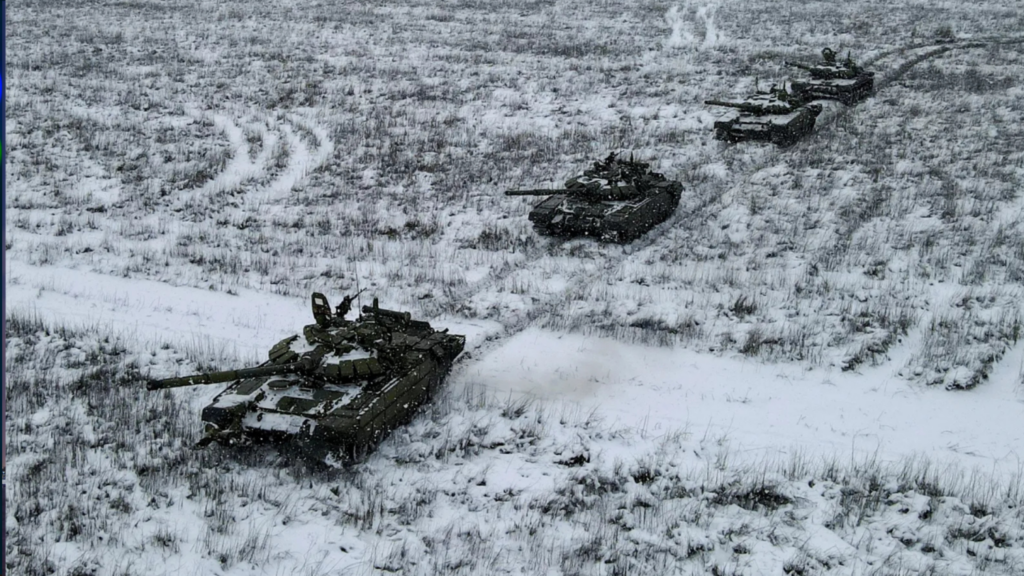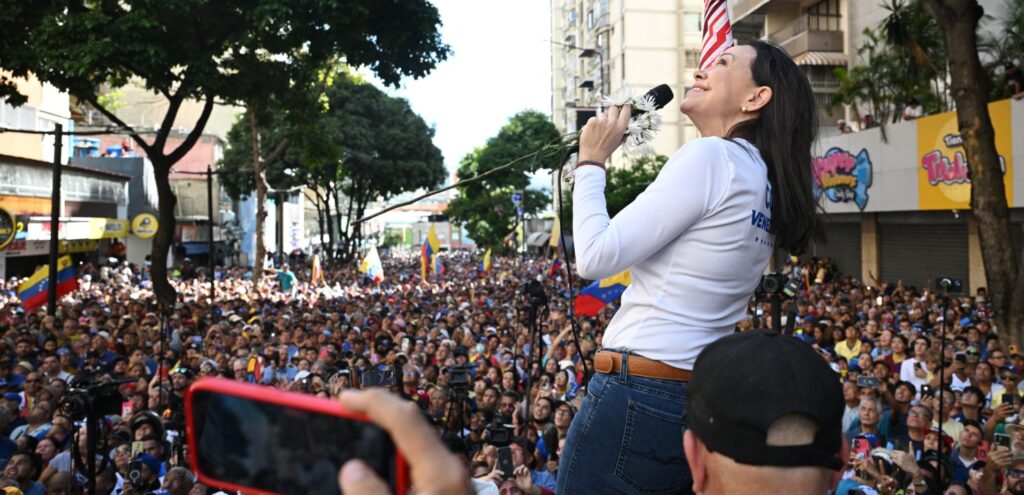The Geopolitics of Winter: Assessing Europe’s Energy Endurance and the War of Attrition
As Europe enters another winter amid the ongoing Russia–Ukraine conflict, the nature of the energy challenge has shifted. High storage levels have ensured supply security, yet soaring prices and political fatigue are testing Europe’s resilience. Moscow’s strategy of economic and psychological attrition now targets not infrastructure, but European cohesion and public will.
Winter, a centuries-old geopolitical element, is returning to the scene as Europe feels the first icy cold of October. Europe has been tested three times since the Russian invasion of Ukraine in 2022, but the 2025–2026 struggle appears quite distinct from the previous ones.
The panic over limited gas supplies and the fear of outages characterized the desperate struggle for survival that marked the winter of 2022–2023. An effort to show that new LNG terminals and non-Russian pipelines could compensate for the loss took place during the winter of 2023–2024. However, endurance, something far more delicate, is going to be tested this winter.
As of late October 2025, Gas Infrastructure Europe (GIE) reports that gas storage facilities across the EU are nearly at record levels, reaching 95% capacity (GIE, 2025). This means that the question of whether Europe will have enough gas is no longer relevant. The real challenge is how long its businesses, its economy, and, above all, its population will tolerate the price of that gas. Moscow has shifted its policy to a strategy of attrition: if it cannot freeze Europe, it may yet bankrupt it into submission.
High Price of Security
Europe’s energy diversification has been a logistical wonder. Once largely dependent on Russian gas, Germany has built several mobile LNG terminals over the past three years. In addition to tankers from the United States and Qatar becoming a regular sight in European ports, pipelines from Norway and Azerbaijan are now operating at full capacity. According to the International Energy Agency (IEA), direct imports of Russian pipeline gas, which once accounted for more than 40% of the EU’s supply, have fallen to significantly less than 10% (IEA, 2025).
However, the cost of this security is astonishing. Europe now faces direct competition from Asia and must pay more to secure gas on the unpredictable global market. The “affordability crisis” has become the new front line.
The most notable victim has been German industry, long considered the backbone of the European economy. Persistently high energy prices are continuously damaging the global competitiveness of major chemical corporations, many of which have been forced to relocate production and investment to North America and Asia. The creeping deindustrialization that is eroding Germany’s revenue base and fueling social unrest is no longer just a concern, as analyses from organizations such as Bruegel indicate (Bruegel, 2024). This new, attrition-based war has been designed to exploit that economic vulnerability.
Russia’s New Winter Offensive: The War of Attrition
Moscow is aware that it has been defeated in the war over supplies. Cutting off gas and expecting Europe to freeze is no longer an option. Instead, its 2025 approach is a psychological and attrition-based strategy that targets European public opinion directly.
This new strategy operates on two fronts. First, market volatility is being used as a weapon. Russia no longer needs to cut its own gas; it only needs to sow doubt abroad. Every disruption, whether a “strange” technical problem with a Norwegian pipeline, political unrest in a major North African supplier, or heightened conflict in the Red Sea, benefits Moscow by driving up global prices. As a result, European governments and households remain under constant and grinding pressure.
The second front is an attack on European unity, which may prove even more damaging. The primary goal is to fuel the “Ukraine fatigue” spreading across the continent, as experts at the European Council on Foreign Relations (ECFR) have observed (ECFR, 2025). Russia is waiting patiently for Europeans, burdened by high energy costs and sluggish economic growth, to begin asking themselves, “Is supporting Ukraine worth this cost?”
Far-right and far-left populist groups are increasingly co-opting protest movements that were once focused on climate change. Their message is simple but dangerous: “Peace” is the only way to lower energy prices, even if it comes at the expense of Ukrainian sovereignty. As this narrative spreads from Berlin to Paris to Bratislava, national leaders are under immense pressure to prove that their Ukraine policy is not to blame for the economic hardships at home.
Can Unity Hold?
The divisions within European unity are evident as the winter season approaches. Torn between its partners’ calls for a rapid energy transition and its industrial base’s demands for relief, Germany’s ruling coalition is precariously positioned. The French government is acutely aware of how high energy prices can act as a constant trigger for social unrest.
Eastern Europe, however, shows the deepest fractures. Hungary remains an outlier, maintaining its energy agreements with Gazprom. A new government in Slovakia has publicly questioned the effectiveness of sanctions, signaling a shift in the country’s political landscape. For these nations, the energy conflict with Russia brings more economic pain than strategic benefit.
This will be the most difficult test of the 2025 winter. According to analyses by the Center for Strategic and International Studies (CSIS), the challenge now lies in shared political will rather than shared infrastructure (CSIS, 2024). To protect Ukraine’s sovereignty, will Germany be willing to sacrifice parts of its industry? Will the French people endure high costs in the name of European unity?
Europe has built a powerful physical shield against Russia’s energy weapon. The storage facilities are full, and gas is flowing. Yet the aim of this war of attrition is to find the weakest link. This year, Europe’s resolve is being targeted rather than its pipelines. The lights will likely stay on this winter, but the real question is whether Europe’s determination will.
Bibliography
- Bruegel (2024) Decarbonising for competitiveness: four ways to reduce European energy prices. December 2024. Available at: https://www.bruegel.org/policy-brief/decarbonisingcompetitiveness-four-ways-reduce-european-energy-prices (Accessed: 23 October 2025).
- Center for Strategic and International Studies (CSIS) (2024) Power Plays: Europe’s response to the energy crisis. September 2024. Available at: https://www.csis.org/analysis/power-plays (Accessed: 23 October 2025).
- European Council on Foreign Relations (ECFR) (2025) The long game: How Europeans can shape the outcome of Ukraine-Russia talks. June 2025. Available at: https://ecfr.eu/article/the-long-game-how-europeans-canshape-the-outcome-of-ukraine-russia-talks/ (Accessed: 23 October 2025).
- Gas Infrastructure Europe (GIE) (2025) AGSI – Aggregated Gas Storage Inventory. Available at: https://agsi.gie.eu/(Accessed: 23 October 2025).
- International Energy Agency (IEA) (2025) Gas Market Report, Q3-2025. July 2025. Available at: https://www.iea.org/reports/gas-market-report-q3-2025 (Accessed: 23 October 2025).



